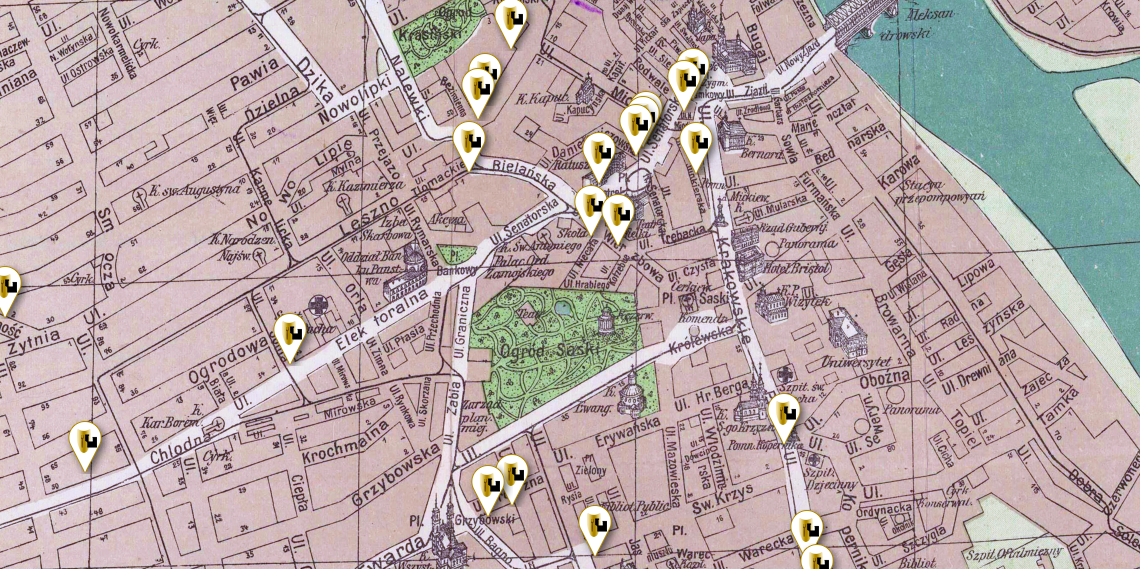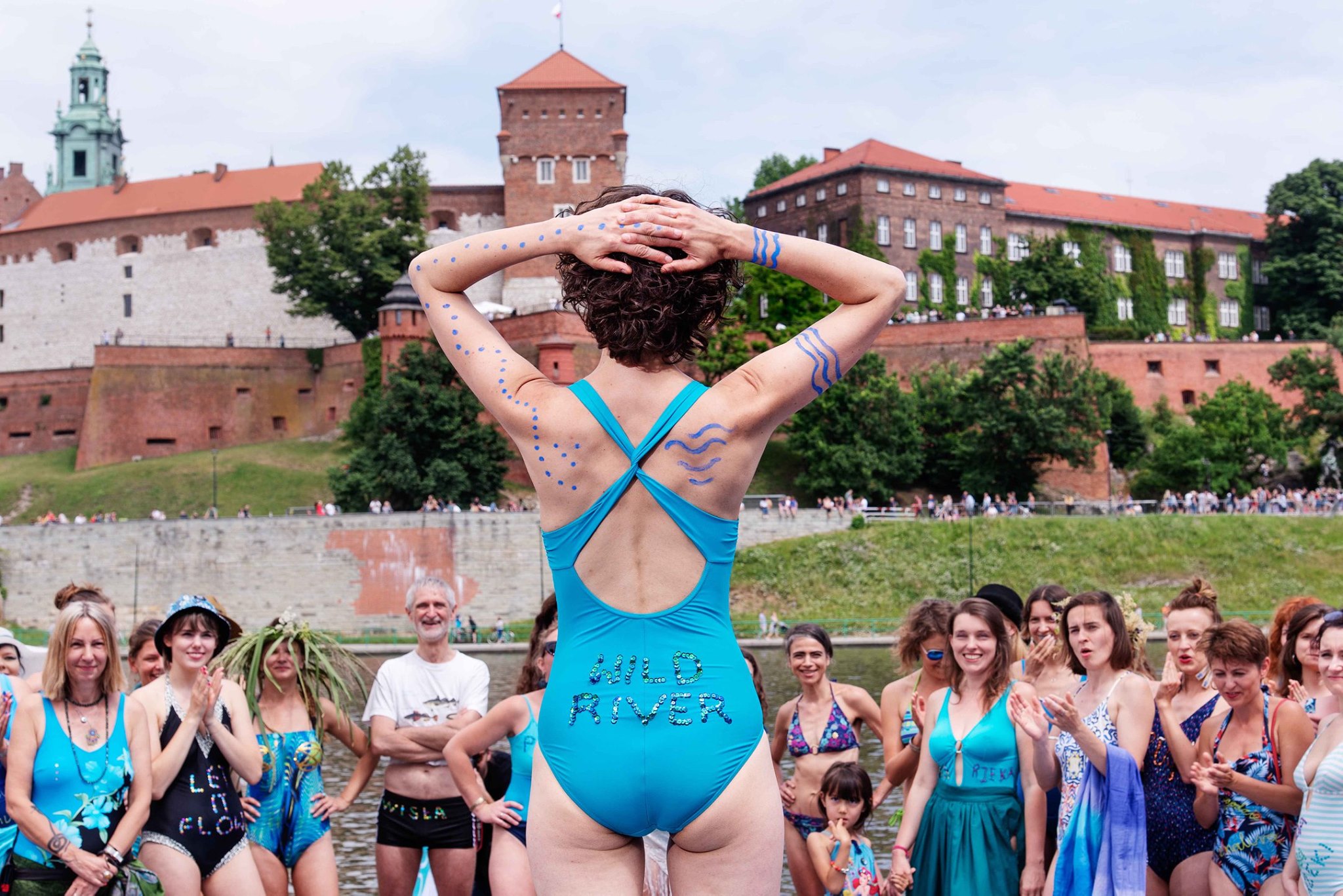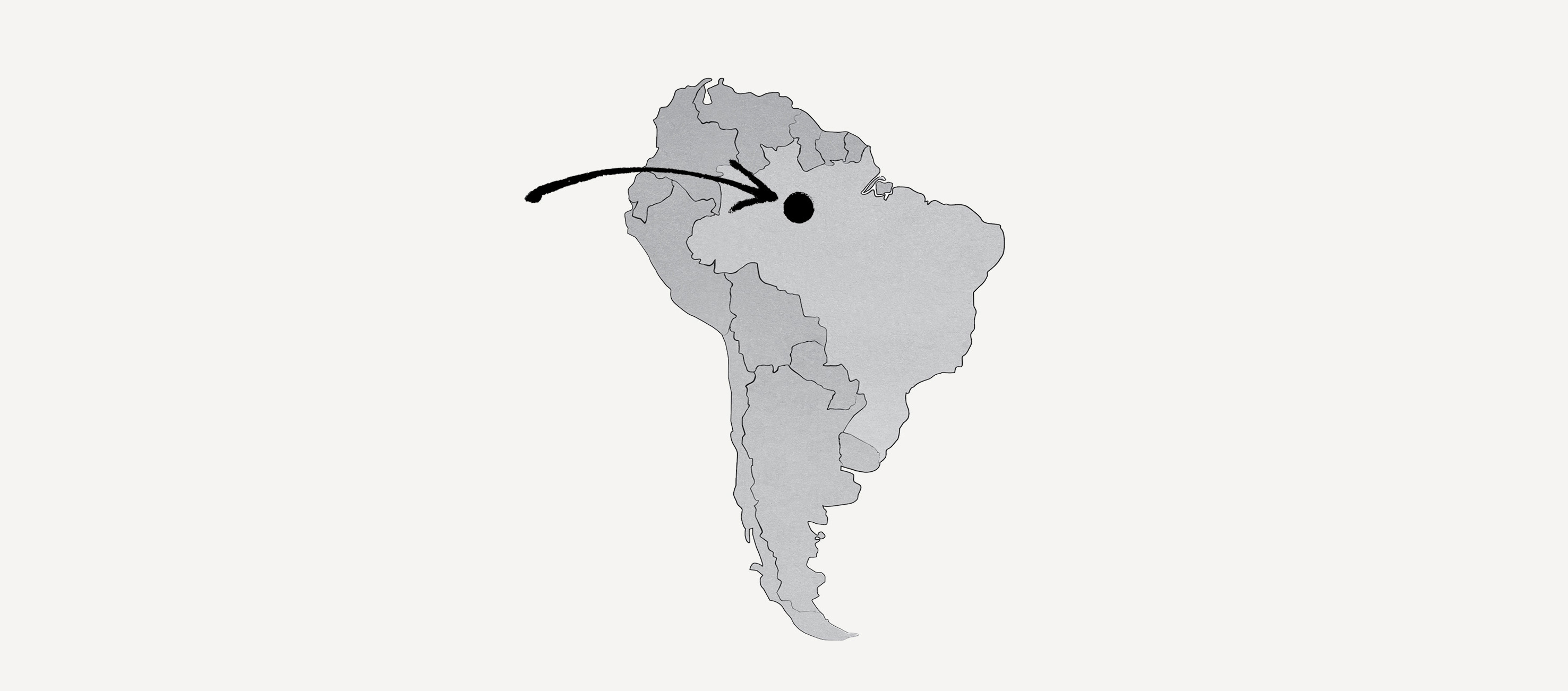
The 2021 National Census is well underway in Poland, yet there is a group of people unlikely to be picked up by it. The Karaite minority are simply uncountable.
The smell was novel. The freshly printed book had just arrived and Anna Sulimowicz was unboxing the package with excitement. She tenderly turned the red cover with an illustration of a Turkish carpet to see the first page:
Orhan Pamuk
Silent House
Translated by Anna Akbike Sulimowicz
Anna held her breath. Akbike is a Karaite word meaning, literally, ‘white queen’. She hadn’t heard that name since her early childhood; it was what her father and his friends used to call her. But she had never used it in her adult life. She immediately phoned the publishing house to ask for an explanation. “They told me that the name had been copied from the translation agreement we signed,” Anna recalls, more than 10 years later. “Obviously, such agreements must be in accordance with my documents. On my birth certificate and my ID card, I am officially called Anna Akbiké Sulimowicz.”
Anna is a translator and a lecturer of Turkology at the University of Warsaw. But our conversation is not about Turkey; it is about her other area of expertise – both academic and personal. As we talk, Anna looks around her home office in Warsaw, in a vain attempt to find the book that accidentally informed the public of her true identity. Her office is filled with books, some of which belonged to her father, Józef Sulimowicz. “He was a bibliophile and had a collection of old prints, manuscripts and everything connected with Karaites,” she explains, referring to the smallest of Poland’s ethnic minorities.
Anna is Karaite too – or Karaim in Polish – through her father’s side of the family. Her middle name, ‘Akbike’, was chosen in honour of the mother of Seraya Shapsal, a historic leader of the Polish and Lithuanian Karaite communities. Her first name is common enough, but it, too, carries some unique Karaite traits. “I was named after my father’s sister, who was named ‘Anna’ after her grandmother,” she says. “It is a Karaite tradition to inherit the name of a deceased relative or ancestor.”
Alongside the Roma, Tartar and Lemko peoples, the Karaites are one of four ethnic minorities officially recognized by the present-day Polish state. But ‘Karaite’ also refers to a religious doctrine. Derived from the Hebrew and Arabic word for to ‘read’ or ‘recite’, it recalls the traditional imperative of the Karaite community, which was to study the Old Testament of the Bible. This principle, according to a tradition established in the eighth century by Anan ben David, meant that the Karaites became a rare example of a fully literate community.
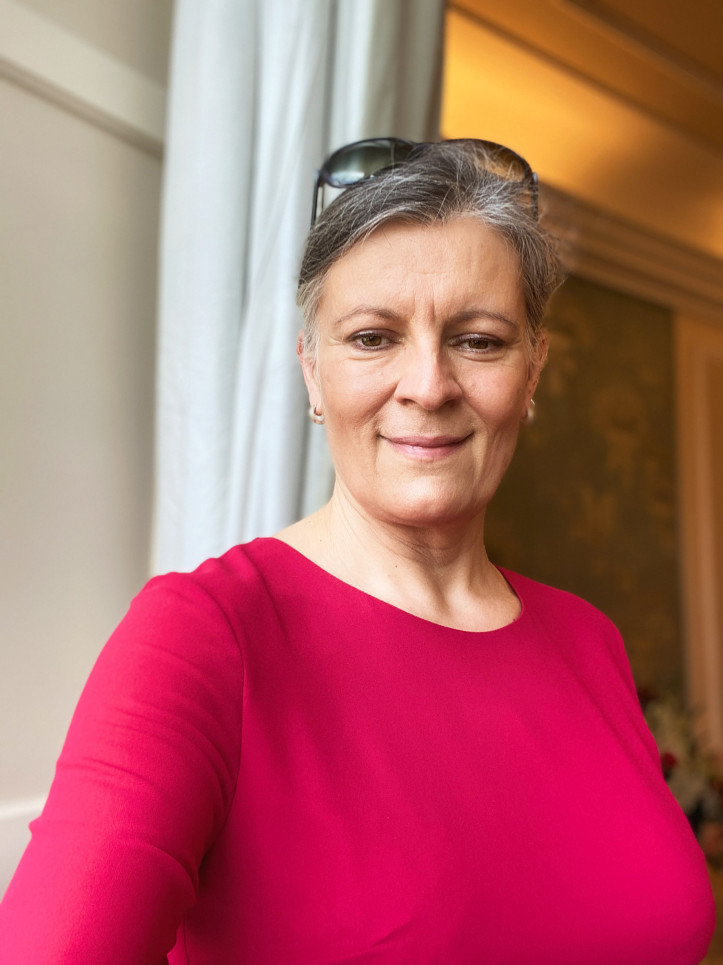
Officially, Anna is only half Karaite – though she stresses that her Karaite half is the larger one. “Traditionally, to be Karaite, both parents must be Karaite,” she explains. “My father was one of the first in our family to marry a non-Karaite – a Pole.” In the Karaite community, mixed marriages were highly frowned upon. Moreover, there was no institution of civil marriage until 1939. But on the eve of World War II, civil marriage was introduced into law. A Karaite man and a Polish woman – or vice versa – could follow their heart; not just religious doctrine. “At the time,” Anna explains, “Karaites ceased to be a strictly religious community.”
A rekindled interest
Anna vividly remembers one experience from her early childhood. She is standing in front of her father with a box full of items in her hands. “Bicak,” her father tells her, and she pulls a knife out of the box. “It was my father who taught me the Karaite language,” she recalls. “My family says that I was fluent.” But once Anna began attending primary school, she spent less time with her father. When she was just nine years old, his premature death broke their linguistic connection. “My mother didn’t know the language,” she says, “so I started to forget it…” A few years later, Anna could remember no more than a few words and a couple of poems in the language her father had taught her.
She started to learn it again when she became a student of Turkology at the University of Warsaw. “The Karaite language, being one of the Turkic languages, has always been a subject of interest to Turkologists,” Anna explains. “When Karaites have taken an interest in themselves, Turkology has become their national field of study.” Anna’s father was a Turkology student, too. He completed his studies at the University of Warsaw in 1939, and was preparing to defend his dissertation when World War II broke out. Due to the war and everything that followed, it was to be 30 more years before he returned to the university to receive his diploma.
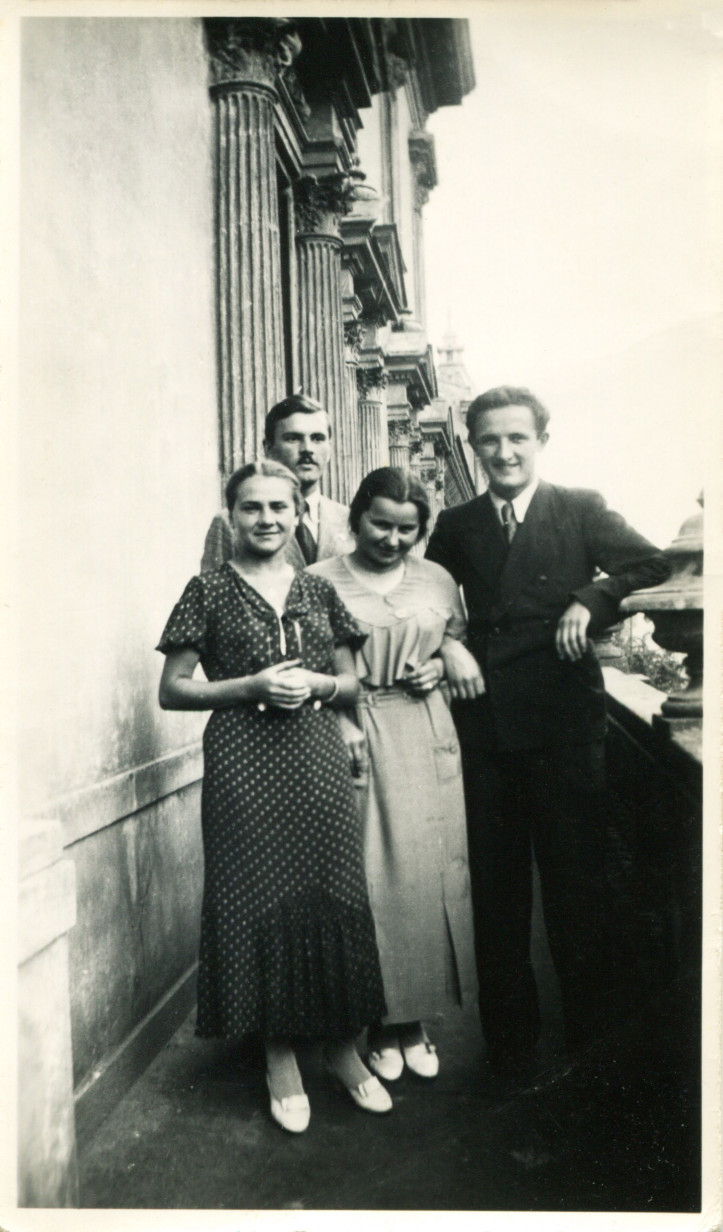
It was not clear whether Anna would decide to follow the Karaite tradition of Turkish studies, though. At school, she recalls with a laugh, her main interest was ancient Egypt. Fascinated by Karl Bruckner’s The Golden Pharaoh – a gripping retelling of his discovery of King Tutankhamen’s grave – she spent her school days “dreaming about becoming an Egyptologist.” But then even more compelling stories appeared in her life.
After her father’s death, her uncle began to invite her to his home in Świnoujście, a city on the Baltic coast, near the German border. It was Anna’s uncle, who, consciously or not, rekindled her interest in her heritage. “Our conversations were rather his monologues,” she recalls. “He could talk for hours and hours about Halych – or Halicz in Polish – once a part of Poland, today Ukraine. That made me think about my Karaite roots.” From that point onwards, Anna developed an interest in genealogy. In the Karaite community, older people who are not related by blood are nevertheless referred to, with tenderness, as ‘uncle’ and ‘auntie’. Anna wanted to know who her ‘real’ relatives were. “Many Karaites occupied themselves with science and culture, writing religious dissertations, copying manuscripts and performing various functions in administration – so by tracing the past of a particular individual, you can explore the religious and social life of the whole community,” she explains.
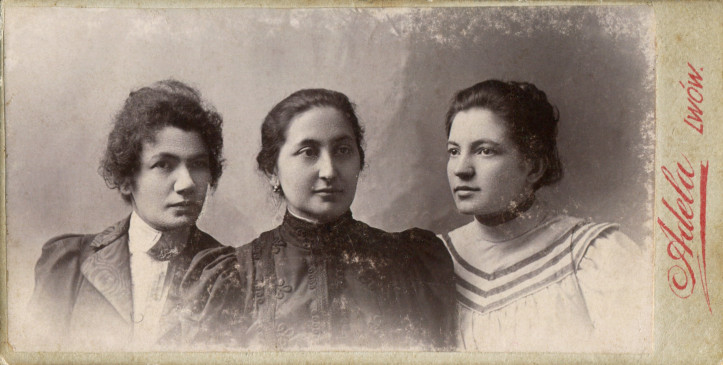
When Anna’s uncle became a widower, she started to visit him regularly, almost every weekend. She also visited his beloved Halych. “When I came back, he bombarded me with questions. ‘Is that old birch still standing in the corner of that garden?’” he would ask her, with passionate interest and an almost photographic memory. “Unfortunately,” Anna says, “it was not. I tried to explain it to him that the Halych he remembers is long gone. So are the people who used to live there.”
White and red eyes
The fate of the Karaites is intrinsically connected to the history of Poland. Sudden plot twists have brought rapid border changes and have forced the Karaites to relocate. The Karaites settled in Rus’ and Lithuania in the mediaeval ages as traders and craftsmen. During the era of the Polish-Lithuanian Commonwealth – a bi-federation established in the 16th century – the Karaites lived in several cities in ‘Red Rus’, Volhynia and Lithuania. The largest communities were in Halych, Lutsk (Łuck) and Trakai (Troki). The Karaites were administered alongside Jews – and were subject to joint taxation. As a result, there are no distinct tax records which tell us the size of the community; many records simply identified Karaites as ‘Jews’.
In the late 18th century, Poland disappeared as a nation state. Partitioned three times, it was split between the Habsburg Monarchy of Austria-Hungary, the Kingdom of Prussia, and the Russian Empire. The Karaites, too, were divided. Halych became part of Austria-Hungary; the rest of the Karaite communities were absorbed into Russia. At the end of World War I, Poland re-emerged as a nation state, but some more changes for the Karaites were yet to come.
In the aftermath of the October Revolution, much of the Karaites’ material and spiritual culture was destroyed. In the late 1930s, a new threat emerged. It came from an expansionist Nazi Germany whose racial ideology revealed itself to the world through the Nuremberg Race Laws of 1935. Unsure whether Karaites were ‘Jews’, Nazi anthropologists were sent to investigate, as part of an overall plan to categorize the various ethnic groups of Europe into a racial hierarchy that would determine their fate. The skulls of members of the Karaite community were examined, to determine whether they had ‘Jewish’ proportions. In the end, they were classified as non-Jewish. This conclusion was enough to save them from the Holocaust.
In the aftermath of World War II, most Karaites found themselves outside the borders of Poland, which had shifted west. However, a Repatriation Agreement was signed, which allowed them to resettle within the new state. For those Karaites in Lutsk and Halych, this repatriation process was relatively easy; for those in Vilnus and Trakai, it was far more difficult. The authorities of the Lithuanian Soviet Socialist Republic considered the Karaite community to be an integral part of Soviet-Lithuania, and saw no reason to let them leave.
Present-day Poland’s largest Karaite community lives in Warsaw. Their numbers are reckoned to be around 40 people – probably, because the exact Karaite population remains a mystery. According to the 2002 National Population Census, the first to ask citizens their national identity, there were only 45 Karaites in all of Poland.
“Ridiculous!” Anna exclaims. To support her argument to the contrary, she describes her own experience with the census agent. Excited to declare who she was, she discovered to her horror that the census agent had no interest in her identity. “After a few basic questions,” she recalls, “he thanked me and said we were done. I asked him why he did not ask me about my nationality. His answer was: ‘No need, you are Polish, obviously.’ I replied: ‘How can you know that? Are my eyes white and red, the colours of the Polish flag? Or do I have some other typical Polish features?’” Anna eventually declared herself as ‘Karaite’, as citizens could chose only one nationality as an answer.
The next census accepted dual nationality as an option, and the official number of Karaites in Poland rose to 314. “Ridiculous!” Anna once again declares. “While in the first census our number is underestimated, in the second census it is overestimated,” she believes. “We assume that many respondents chose a Karaite identity in addition to Polish nationality because they were either sympathetic to us, or had heard about some Karaite ancestors in their families. Or maybe they were simply longing for some exoticism in their lives!”
So how many Karaites are there? “We estimate that there are around one hundred Karaites in Poland and around two hundred in Lithuania,” Anna says. The 2021 National Population and Housing Census that is currently being conducted in Poland will not provide much help in verifying those numbers, though. “The problem is what criteria we can use. We live in a CSI era, believing that DNA tests can dispel any doubts. But the issue of identity has nothing to do with genes. It is a matter of what you think and – most importantly – what you feel,” Anna declares.
A map of Warsaw past
Adam Dubiński, President of Karaimskie Dziedzictwo (the Karaite Legacy Foundation), agrees with Anna’s view. While both his parents were Karaite, he stresses that nowadays neither blood nor religion is what matters the most. “To be a Karaite means to feel a bond with the tradition of your ancestors, the whole spectrum of it,” he says. Thanks to his extensive historical research, Adam is able to speak about long-gone Karaite community members as though they were his friends. He knows where they lived, what their job was, their daily schedule, their dreams and secrets. And he has been marking it all down on a map.
“This map is the apple of my eye. My child, I could say,” Adam’s voice is so soft and full of affection that I regret that I cannot see his face. I wish I could visit him at his home, which in the past was always full of Karaite guests, as Adam’s father, Aleksander Dubiński, was one of the most respected Turkologists of the time. But we are in the middle of the COVID-19 pandemic, so I can only imagine the armchair that Adam is sitting in and immerse myself in the story he is telling me over the phone. However, even in normal circumstances, any walk that we chose to take would be virtual.
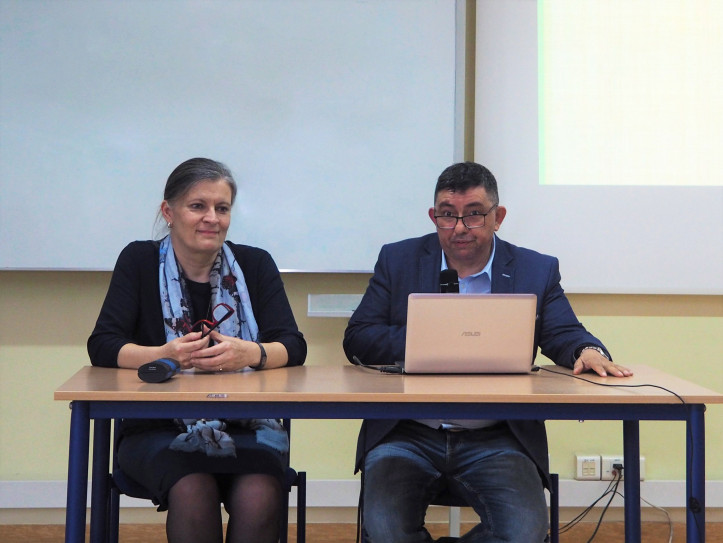
The interactive map “The Karaites on a map of old Warsaw” dates back to 1915, and is a historical plan of central Warsaw, overlaid on a present-day Google map. You can switch between the two maps by dragging the slider in the top-right corner of the screen. In an instant, a bird’s-eye view of modern skyscrapers, hotels and restaurants is replaced with densely-packed industrial-era streets.
On both maps, location pins record the places where Karaite citizens lived and worked. Scrolling around, I choose a pin. “JÓZEF KAPŁANOWSKI – PHOTOGRAPHER, MERCHANT, MANUFACTURER”, the pop-up box tells me. Józef Kapłanowski was an interesting character. A native of Trakai in Lithuania, he opened a photography business, before moving to Warsaw in the 1870s. As a tobacco merchant, he owned a company that traded tobacco goods. He also had a daughter who, reportedly, met an unfortunate end. But how was it possible to discover these facts?
“In the late 19th century, around 50% of the tobacco industry was Karaite-owned,” Adam explains, “And to sell tobacco, you needed to advertise – in the newspaper.” For 10 years, Adam pored through newspapers such as Kurjer Warszawski [Warsaw Courier]; looking for any reference to the Karaite community. “I used to spend whole days in the library at the University of Warsaw,” he says, “Sometimes, it took me ten days to find the one or two adverts that I was interested in.”
Now, thanks to the digitization of newspaper archives, Adam can sit at home and search using keywords. Still, it is not an easy task. “If you try to search by typing the word ‘Karaites’, you will not find many results,” he tells me. “But if you search the word ‘Kapłanowski’, you will find at least one hundred and fifty advertisements of his shop and his products. Five years ago, I hadn’t even heard of Kapłanowski. Today, based on those adverts, I can tell you the story of his life.”
Adam often turns to the police newspaper. In the Warszawska Gazeta Policyjna – published in Polish and Russian – deaths, injuries and crimes were recorded, often in an unvarnished way. While searching the archive for the name ‘Kapłanowski’, Adam found a reference to the tobacco merchant’s daughter, who reportedly jumped out of a window and committed suicide. “I started to dig deeper,” he recalls. “In Gazeta Poranna, another daily newspaper, I found a whole article on this tragedy. I am planning to search in the police archives to reconstruct this story.” When I press him for further details, he pauses. He doesn’t want to reveal anything else, until he’s finished his investigation.
Most of the places pinned on the map don’t exist anymore, as World War II turned Warsaw into rubble. Nowadays, after the reconstruction of the city, the only tangible trace of the Karaite community is a Karaite cemetery in the capital’s Wola district. “It was founded in 1890. Kapłanowski was one of the founders,” Adam says, referring to the Karaite tobacco merchant. But it, too, has undergone an almost complete restoration.
There is no Karaite house of prayer in Poland, because ever since the demarcation of the new borders, all such buildings have been located beyond the eastern frontier. “And as for the places marked on the map…” Adam continues. “Well, me and my wife have checked every single address that is pinned on the map. Some of those historical places are totally modern buildings now. We will try to put commemorative plaques on them. Before that happens, we hope that some Warsaw guides will help us raise awareness about the Karaites. Thanks to some grants, we have recently trained around forty guides who specialize in tours around Warsaw”.
A layered identity
The last three decades have enabled Karaites to foster ties across borders. In 1990, when Lithuania broke away from the ailing Soviet Union, the most severe border restrictions between the two countries were eliminated. 14 years later, the European Union’s enlargement – which included Poland and Lithuania – further eased restrictions. Both nations joined the Schengen Area of borderless, visa-free travel. “No borders, a blessing! Whoever wants to can just get into the car or bus and spend a weekend in Trakai,” Anna says, with enthusiasm.
For some Karaites, the emergence of an interconnected Europe has added another layer to their sense of identity. Anna cites the example of one of her younger peers, Michał Kobecki, who recorded his thoughts in an article for Awazymyz [Our Voice], the quarterly magazine of the Karaite community. According to Anna, his conclusion was that “he feels 50% Karaim, 50% Polish, and 100% European.” Anna agrees. “Being a citizen of Europe, that is the point!” But then her vibrant tone subsides. “Unfortunately, I am afraid that nowadays we are seeing a shift away from this European dimension.”
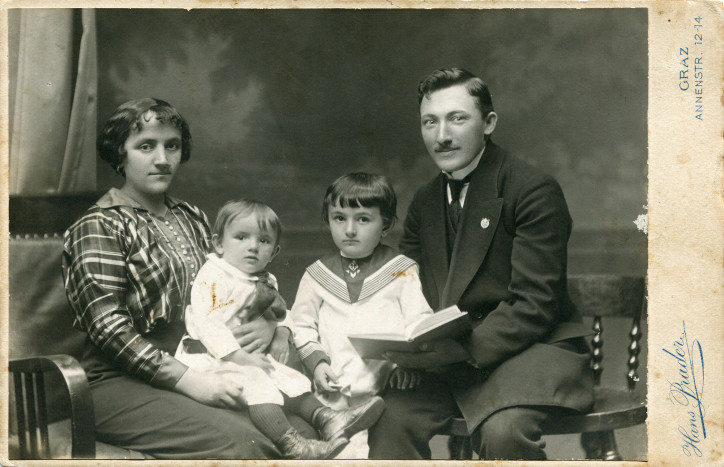
The current political atmosphere in Poland is in tune with the worldwide trend of rising nationalism. How does all of this political upheaval affect Poland’s Karaites? “Most Poles do not know that there is such a minority,” Anna believes. “Only those interested in the so-called ‘Polish Orient’ have heard about us; usually by chance, while doing a research on the Tatars.”
The Tartar community first came to Poland in the 14th century. They served as mercenaries, and later received titles and land for their service. “The Tatars were even depicted in the Trilogy!” Anna says in reference to a series of three novels written by Henryk Sienkiewicz, which weaves together fact and fiction. Its famous film adaptation is still considered iconic. “The Karaites do not enjoy such publicity,” Anna says. “As far as I know, the only mention of us in Polish cinema is Oko proroka, a film by Paweł Komorowski, released in 1982. One of the characters says something like: ‘Give that letter to the Karaims, they will take it to the Crimea’. That is all!”
The Tartars have other advantages. They live mostly in one region. “Poles can easily go there and get to know them personally,” Anna says. Indeed, the Podlasie region, near the border with Belarus, has experienced a tourism boom in recent years. The Karaites have no such hope for a national renaissance. In, fact, they are becoming more quiet. Literally.
In 2018, Anna Sulimowicz and Adam Dubiński went to Trakai in Lithuania, to conduct a study on the status of the Karaite language. “We talked to people who are witness to a world and a linguistic reality that doesn’t exist anymore,” Anna recalls. The pair carried out a survey of 21 Karaites in Trakai, of whom only eight had a ‘total command’ of the Karaite language. Two years later, the eight fluent Karaite speakers of Trakai had dwindled to just four. Among them, Anna says, was “the oldest of our interlocuters, who was 97 years old.”
In Poland, the situation is even more critical. There is only one person left, Anna says, who is a native speaker of the Karaite language. Today, the UNESCO Red Book of Endangered Languages classifies the language as ‘critically endangered’. Recording and preserving the sounds, emotions and voices that are slowly entering the realm of the past has been a very emotional experience for Anna. She knows that the chances of preserving the language are slim – future generations will likely only hear it through sound recordings.


